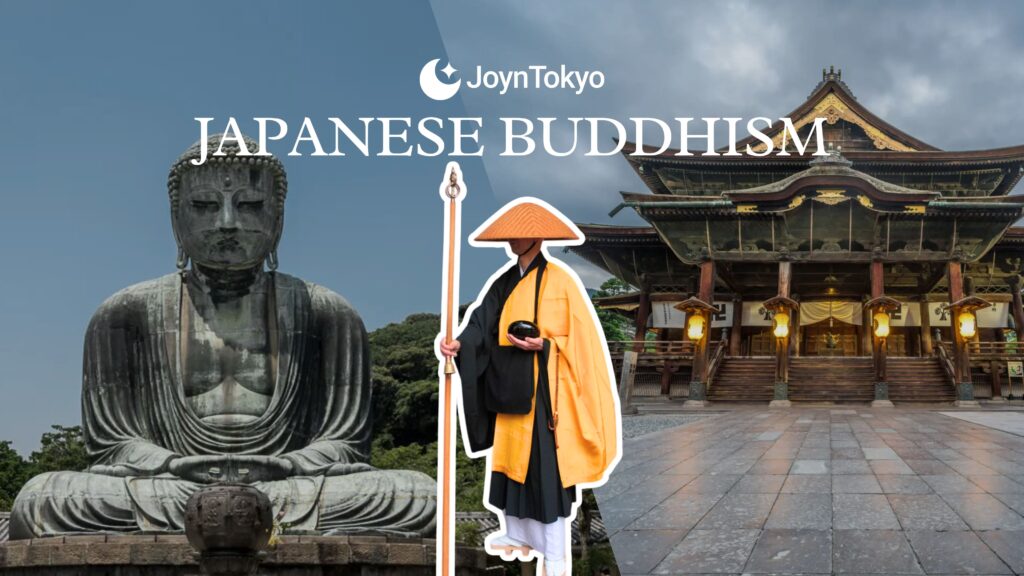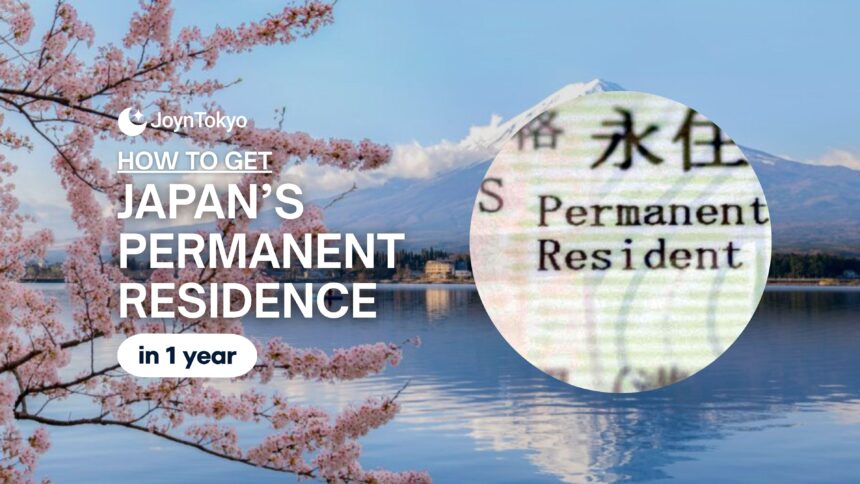If you previously read our article on Buddhism in Japan (and if you haven’t, there is no time like the present) you may recall that Zen Buddhism is one of the best known sects of Buddhism in the west, thanks to interest in Japanese culture that sprung up during the boom years of the 1980s.
An essential part to Zen Buddhism is the practice of Zazen meditation. Although meiso (瞑想) is the generic Japanese term for meditation, “Zazen” and its aesthetics have come to be thought of as what Buddhist meditation is in the west. But what is it? Do you know how to do Zazen meditation? Do you need to twist your legs like that? Pop a squat, clear your mind, and we’ll go through it!
Understanding What Zazen Really Means
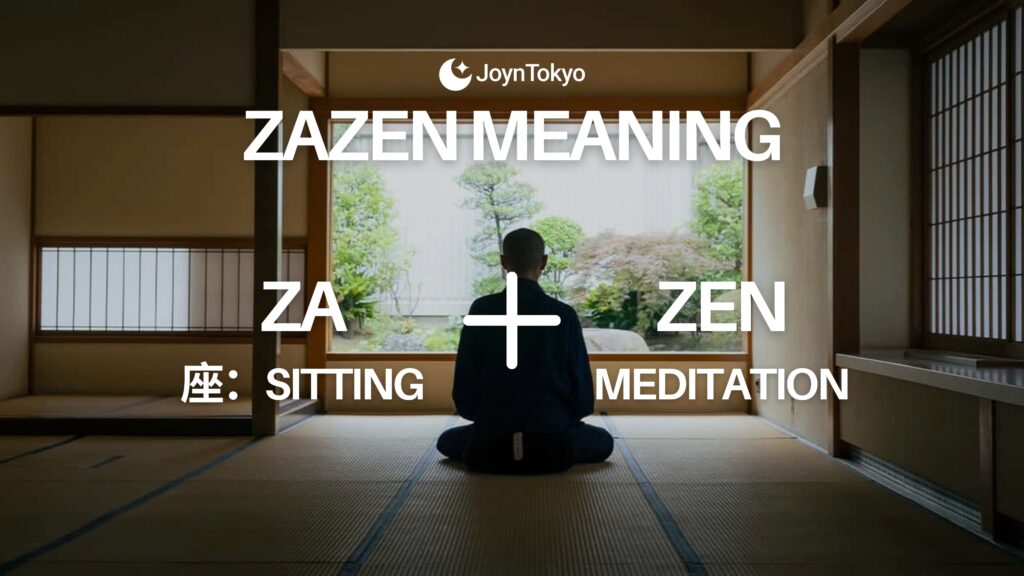
The first character in “Zazen” is 座, which means “seat,” and Zazen is, fittingly, considered to be “sitting meditation.” During Zazen meditation, the practitioner should be sitting, ideally with one’s legs folded into lotus position (where each foot rests atop the knee of the other leg, with the legs crossing over one another).
This, however, is not strictly necessary. While lifelong practitioners may be able to continue this practice even in old age, many people may find this very difficult if they are older, have suffered an injury, are disabled, or merely find the position so uncomfortable that meditation becomes impossible.
Preparing Your Space and Mind
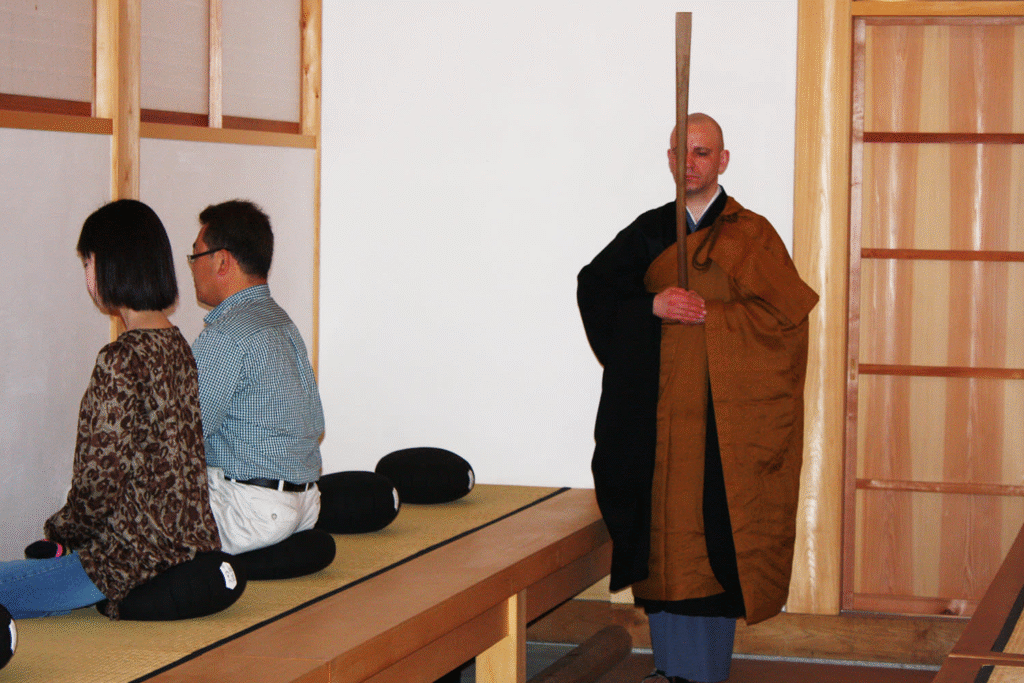
There is no set time or place to practice Zazen meditation. All you need to do is find a quiet place, take your seat, and begin. However, this can be difficult to do the first few times by yourself, and so many people prefer to visit a Buddhist temple, in order to have someone to help guide you.
Many temples in Japan will offer this, though not all. It is best to search for temples near you that will allow first-timers or beginners, and whether or not they charge a fee (which are usually small, if charged at all). Be aware that many temples will not have English speakers, so you must be skilled at Japanese, or know someone who is. Additionally, you may be required to arrive very early in the morning — sometimes as early as 4am.

Go with Temple if you can, it’s easier to get started and will really help you out.
The Right Posture for Zazen
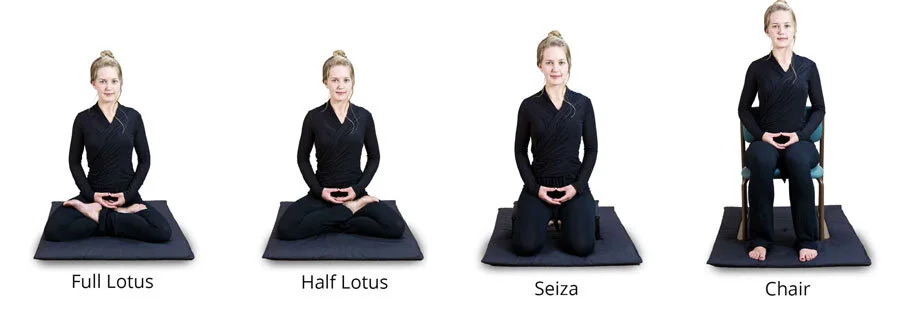
The next thing is to remember your posture. Your back should be as straight as possible, and your head elevated. Your eyes should be neither fully open nor fully closed: if they are closed, you are liable to become sleepy; if open, then even a small disturbance — such as a fruit fly moving in front of you or a glint of sunshine — will distract you from your goal of clearing your mind.
Your hands should have their fingers interlinked, and they should be held in front of your stomach and above your hips, though not resting on either. Thumbs, rather than interlocking, should be positioned so that the tips are nearly touching — but, crucially, they should not touch. The ideal distance is “just enough for a sheet of paper to pass between.”
Breathing and Focus
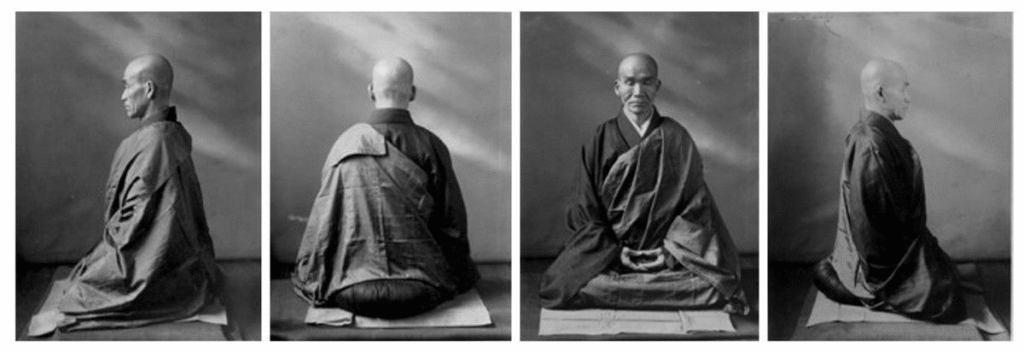
Next, one should regulate one’s breathing. Slow, measured breaths are the best way. However, you should not focus your attention on this for long: breathing should be instinctive and done without thought.
It is this ability to let thought fall away from your mind. While many practitioners find that this process is not only relaxing, but after the meditation it can help put other things in their life into perspective. However, that should not be the objective of Zazen meditation: the purpose of meditation is to meditate, with no extrinsic or intrinsic goal in mind.
Dealing with Thoughts and Discomfort
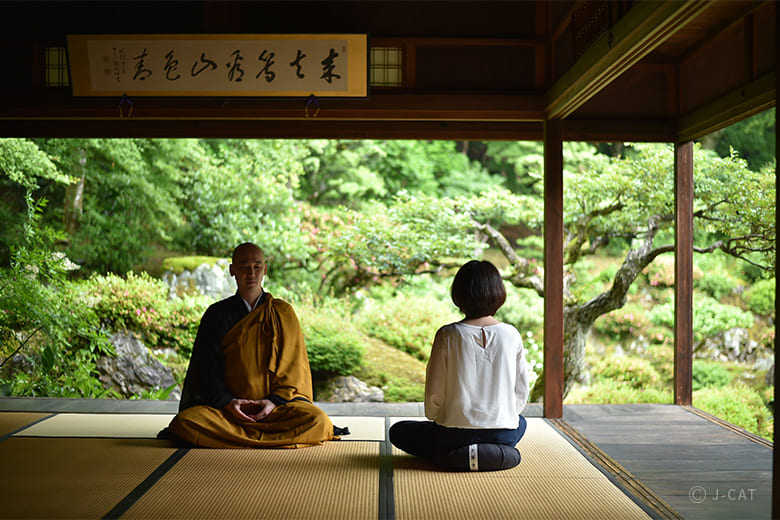
These can often be the largest obstacle when meditating, especially for a beginner. Although it is surprisingly easy to clear one’s mind of thoughts (ask anyone who has ever gotten “in the zone” while playing a videogame), it can be incredibly easy for thoughts to reintroduce themselves. When I began meditating, mere moments after banishing thoughts, I would think “yes! I’m not thinking!” and so my streak was over.
As you become more accustomed to this, however, it becomes easier to clear one’s mind, and so the temptation to “recognize” you own achievement diminishes: perfect for anyone seeking to eliminate ego.
How Long and How Often to Practice
These aspects are, essentially, very dependent on the individual. How long must one meditate? Until you feel you have achieved your aim — but remember meditation should be aimless. How often should one meditate? As often as one thinks is necessary — but bear in mind the difference between need and desire.
If you can find peace in a ten minute session every week, and need no more, then that is fine. If you find that your life is improved by an hour of meditation daily, that is also fine. And if you only need to meditate once a year — or even less regularly — then that is also fine (but do tell us your secret).
Ending Your Meditation
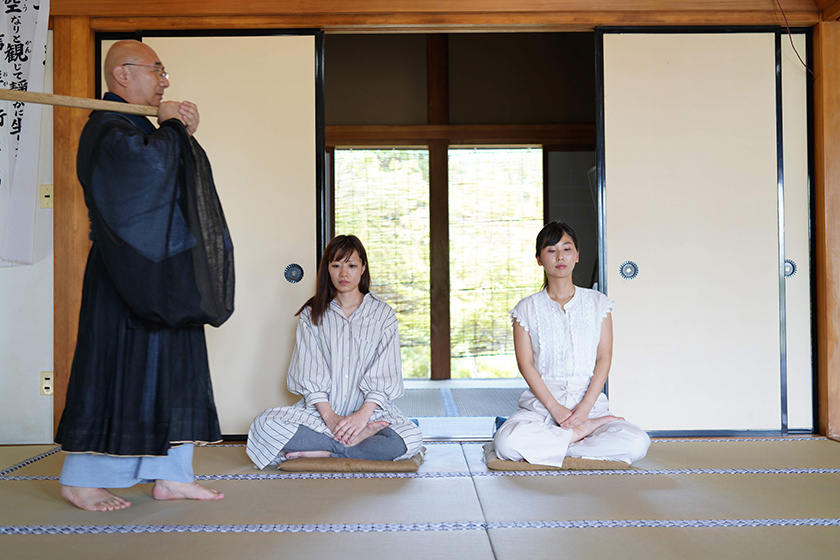
Ending your meditation is, in some way, much like awakening from a sleep: a sudden, abrupt end is not conducive to retaining all the benefits of your meditation. Instead, when you feel that you are ready to conclude your meditation, you should slowly ease out of it.
This will include swaying slightly from side to side, to reawaken your muscles and prepare you mentally for getting back to the non-meditative life. You should do this slowly, so that you can maintain the focus and serenity of your meditation for as long as possible.
Bringing Zazen Into Daily Life
An old friend of mine, who is now a devoted Christian, still practices Zazen meditation. She said that it helps her center herself, and realize that, even if she is struggling with something at one particular time, she can put things into perspective.
Even if you cannot find the time, or place, for a full meditation session, with enough practice, you should be able to retain and recall the feeling of calm and peace that you can achieve during meditation. While taking a short moment to breathe, get centered, and focus is not the same as a full meditation session, once you become more skilled at meditation, it becomes easier to access anywhere.
So, there we have it. Exhale and uncross your legs, our explanation is over! While we hope that this has been useful, there is only one way to truly understand Zazen meditation, and that is to try it for yourself. So whether you’re doing it at home or in a temple, get ready to clear your mind.


